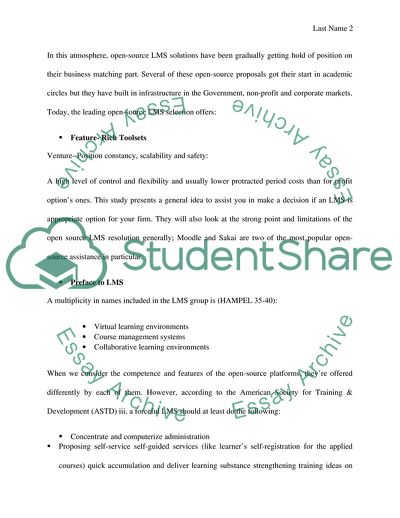Cite this document
(Learning Management System Research Paper Example | Topics and Well Written Essays - 3000 words, n.d.)
Learning Management System Research Paper Example | Topics and Well Written Essays - 3000 words. https://studentshare.org/information-technology/1854557-learning-management-system
Learning Management System Research Paper Example | Topics and Well Written Essays - 3000 words. https://studentshare.org/information-technology/1854557-learning-management-system
(Learning Management System Research Paper Example | Topics and Well Written Essays - 3000 Words)
Learning Management System Research Paper Example | Topics and Well Written Essays - 3000 Words. https://studentshare.org/information-technology/1854557-learning-management-system.
Learning Management System Research Paper Example | Topics and Well Written Essays - 3000 Words. https://studentshare.org/information-technology/1854557-learning-management-system.
“Learning Management System Research Paper Example | Topics and Well Written Essays - 3000 Words”. https://studentshare.org/information-technology/1854557-learning-management-system.


